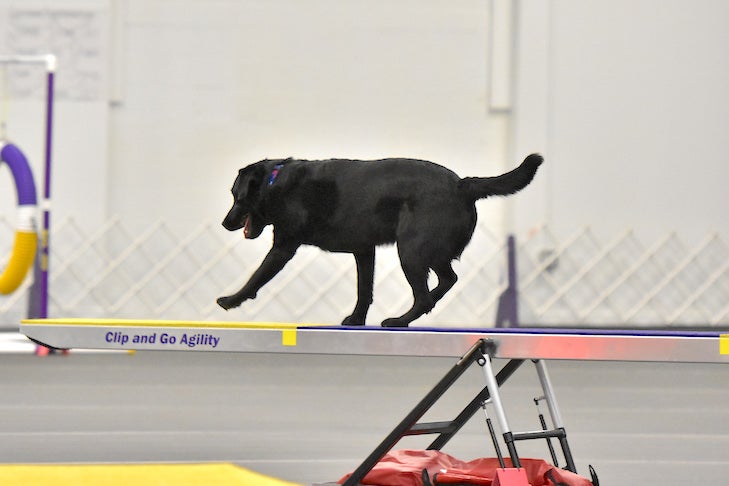When grooming your dog or checking them for lumps and bumps, you may have noticed what looks almost like an additional nail near their front paws, slightly higher than the other four toes. These are called dewclaws, and some dogs even have them on their rear legs. But why are dewclaws there?
What Are Dewclaws?
Almost all dogs are born with a single dewclaw on each front leg, so even if you don’t know what they’re called, you’ve probably seen them. Although you can move them a little, these fifth appendages are usually firmly connected to the leg by ligament and bone.
Dewclaws are typically on the back of a dog’s front legs, but single or double dewclaws can also be found on the back of a dog’s hind legs. These rear dewclaws are only attached to the leg by skin, not by bone.

Certain breeds, such as the Great Pyrenees, Briard, Beauceron, and Icelandic Sheepdog, are known for having these rear double dewclaws. Depending on the breed, the double dewclaw may even be considered part of the breed standard.
Why Do Dogs Have Dewclaws?
Experts have disagreed about the exact purpose of dewclaws on dogs. Some experts differentiate between dewclaws attached by bone versus floppier ones attached only by loose skin to try to distinguish why they’re there in the first place.
“There are a variety of ways dewclaws may help a dog accomplish different tasks,” says Dr. Jerry Klein, Chief Veterinary Officer for the AKC. These include:
- Helping a dog grip a bone or toy between their front legs
- Providing extra traction and stabilizing the (carpal) wrist joint when dogs turn at high speeds
- Adding grip and stability on slippery surfaces such as ice or when climbing out of water
- Helping a dog scramble up or down rocky, steep terrain
Some herding breeds or guarding breeds have double dewclaws on their hind legs. In the Great Pyrenees, these may function as a brake of sorts since they often raced down mountainsides chasing wolves away from flocks of livestock. The Briard and the Beauceron are known for their dual herding and guarding purposes, so the double dewclaws might also help them chase sheep-steeling predators over rough terrain. Interestingly, wolves and other wild canids do not normally have these extra digits unless their ancestors were cross-bred with dogs.

Dewclaws are also convenient in dog sports. “Dogs doing agility may grasp the sides of the teeter with their dewclaws to steady themselves,” says Dr. Marty Becker, DVM. Dr. Becker says that breeds like Whippets and Border Collies, who are known for being particularly fast, use their dewclaws to help them quickly navigate corners.
How To Care For Your Dog’s Dewclaws
The rule of thumb is to care for your dog’s dewclaws the way you would for any other nail. Like toenails, dewclaws should be trimmed periodically. Regular trimming prevents snagging and breaking, also preventing nails from curling around and growing into the foot. If dewclaws do get snagged, it can be quite painful for the dog. And since dewclaws don’t regularly touch the ground and get worn down, they may grow faster than a dog’s other nails.
“Since dewclaws may be hidden under your dog’s coat and be hard to see, you can run your finger under the nail to test if it catches on your finger,” says Dr. Klein. “Trim it just enough so your finger does not get hooked and slides easily off the nail.”

In some cases, dogs may have their dewclaws surgically removed if they are only attached by skin and protrude out from the leg. If this is the case, the dewclaw risks being caught on surfaces like grass or carpets, and broken or pulled off. This procedure should only be performed by a veterinarian. The front dewclaws may have a function in preventing the limb from twisting, and their removal could make it easier for your dog to get an injury. If the dewclaw is injured, your veterinarian may need to trim or remove the nail and prescribe a painkiller or an antibiotic.
Though there is no one known function for dewclaws, they should always be treated with care and only removed surgically when necessary. Your veterinarian is a great resource if you have questions about things like dewclaw removal, injury, or infection.

